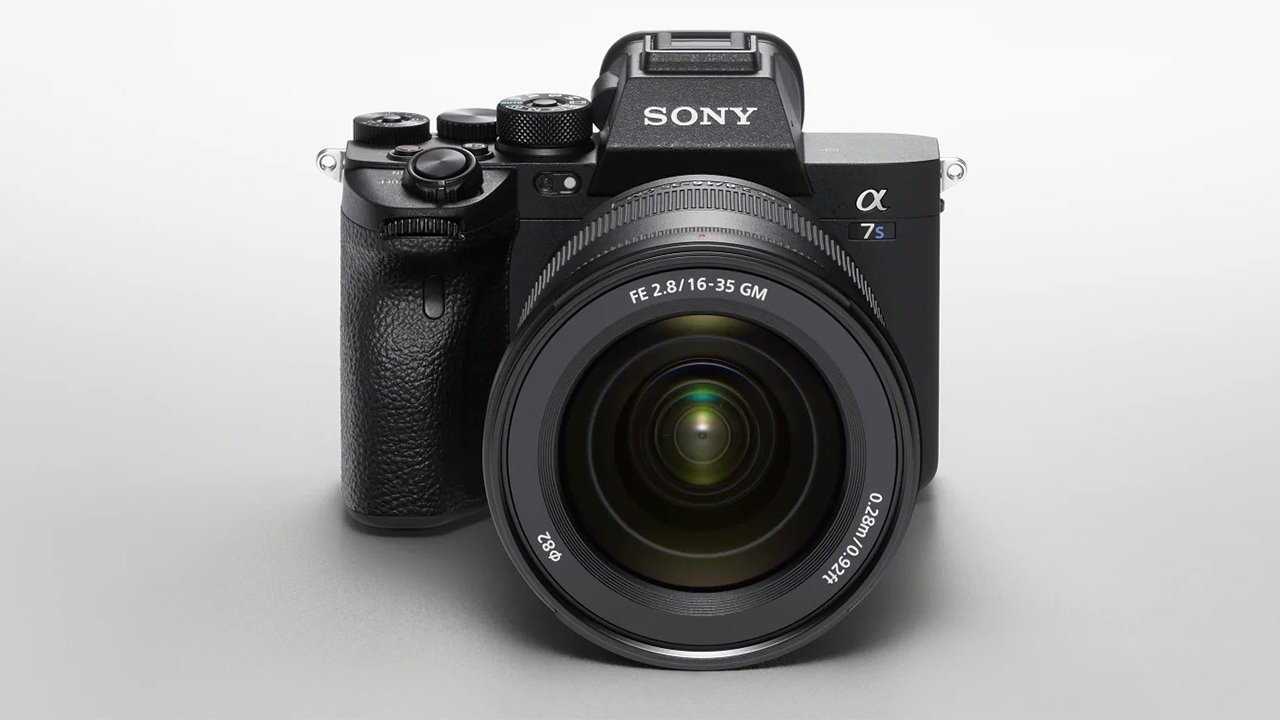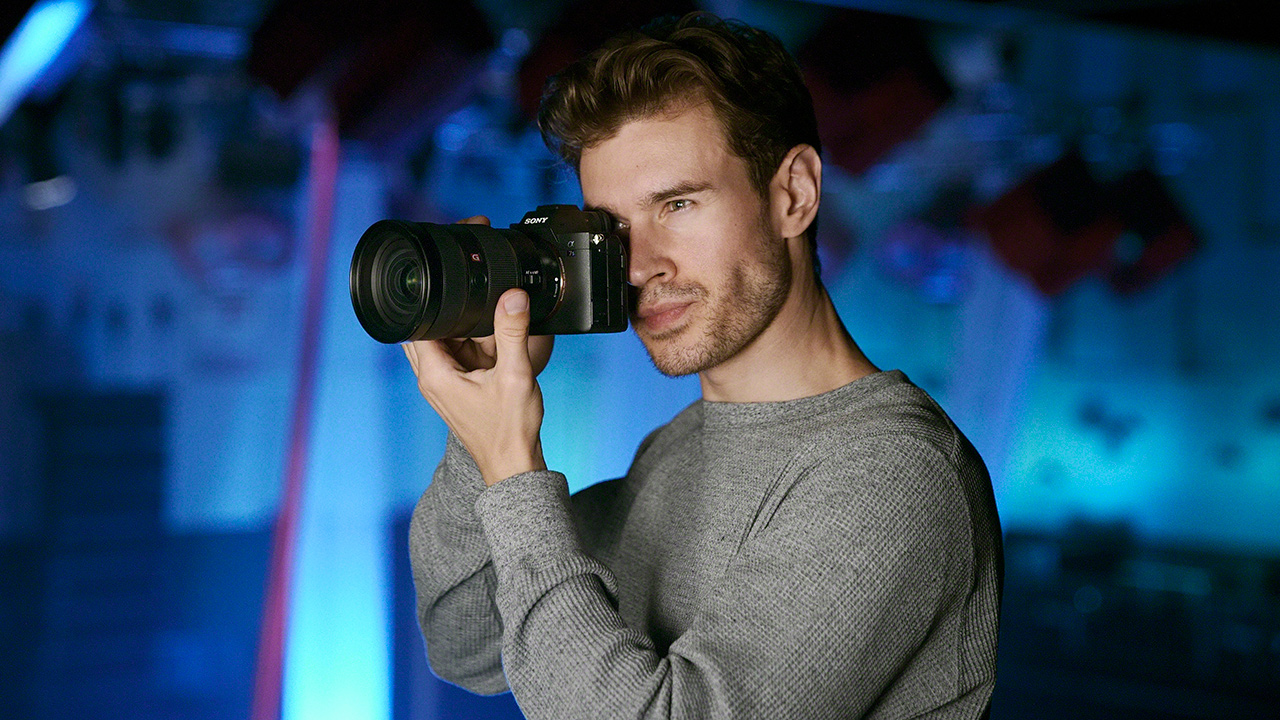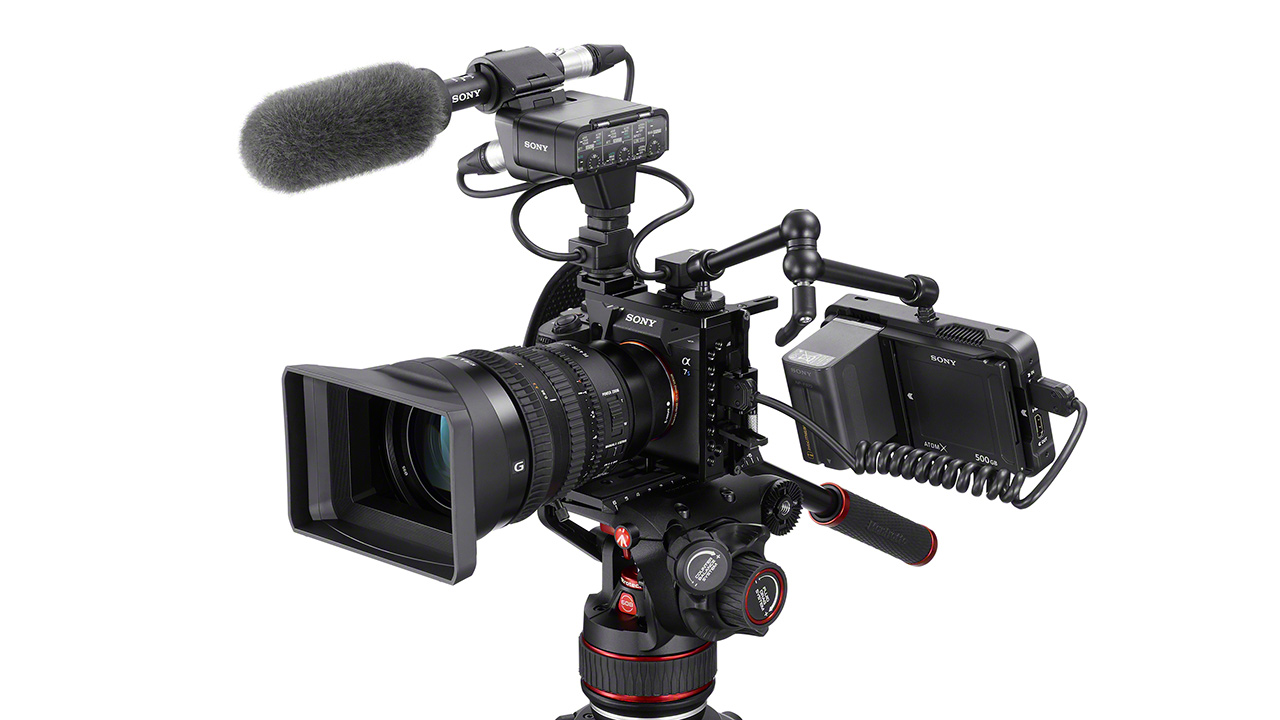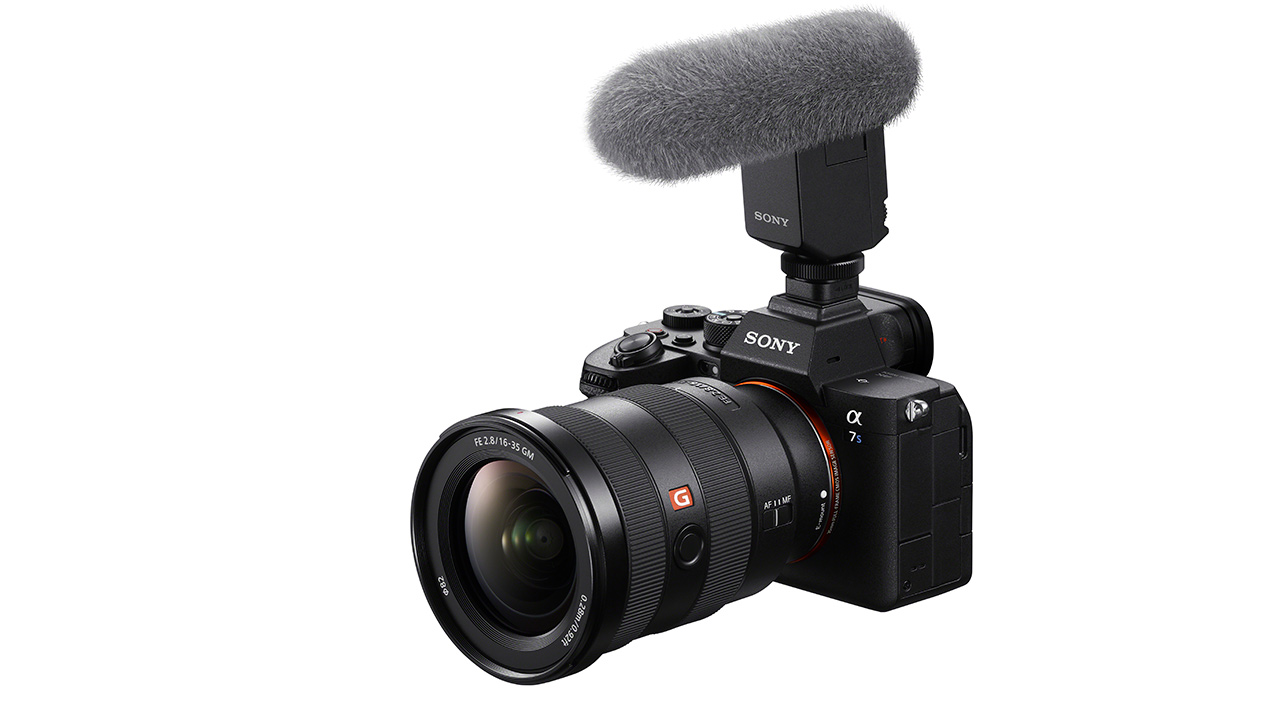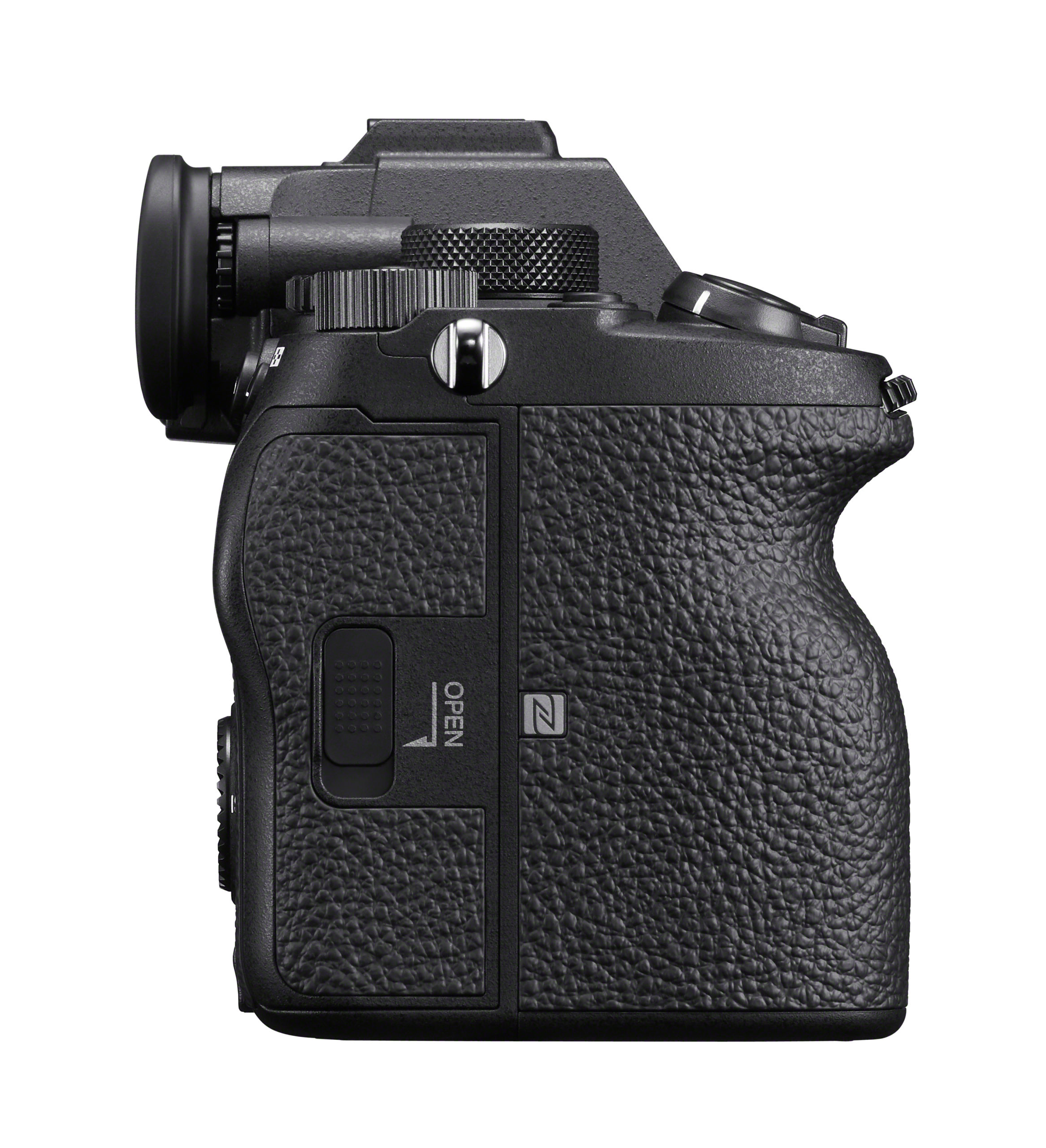In September 2015 Sony introduced the A7S II, a groundbreaking low light camera for its time that quickly became a favorite among video shooters the world over. Fast forward almost exactly five years later and after hints, leaks, and many many speculations the company finally introduced the successor – the A7S III.
We had a chance to sit down in a (virtual) press conference a few days before the announcement and listen to Sony present the new model as well as ask some questions and get some answers that we shall bring to you today.
The new A7S III
A7S III – a different design philosophy and emphasis
The original A7S II was focused on achieving outstanding, best-in-class low light image quality and it certainly achieved that. Professional video shooting has never been the goal of the camera designers although as mentioned before it quickly became a video shooter favorite and some still use it even today despite the availability of much more modern cameras from Sony and other manufacturers.
The key to understanding the A7S III in our view has to do with the decision Sony made early on in the development process (and took quite a bit of fortitude in our view) to focus on maximum quality and usability in 4K shooting and no try and push towards high resolutions.
While Panasonic, Canon, and Black Magic choose to introduce 6K, 8K, and recently even 12K sensors (although that last one isn’t a full-frame model).
Sony chose to limit the A7S III to 4K. This decision means that unlike those cameras which have to perform oversampling/binning that can either reduce image quality and tend to require intensive processing and produce heat, the 12MP sensor on the A7S III is ideally suited for the task and does not require any altering to its data in order to record in 4K.
Although higher resolution sensors have their appeal (besides the resolution they provide the ability to crop significantly more in post).
Sony decided that at this point in time (and possibly for at least a few more years) 4K represent the go-to high resolution available for most viewers and focusing on it will allow the A7S III to avoid some of the issues associated with higher-res cameras (heat, excessive data creation, and storage, processing power, etc.) while being the most relevant to the majority of the professional video making audience.
This is, if you like, the basis for the entire design philosophy of the A7S III as we understood it from Sony’s own presentation and much of the specific features that you can find on the A7S III are directly related to it as we shall see.
Gerald Undone on the new masterpiece that is the A7S III

Potato Jet on the A7S III

Tony Northrop on the A7S III compared to the Canon EOS R5/R6

B&H also published a video on the A7S III (which was actually leaked ahead of the announcement)

What’s new on the A7S III?
The A7S III brings quite a few new features and capabilities – some are major and some are more of a refinement to the operation of the camera.
Sensor
In the A7S III Sony integrated a new BSI 12.1 megapixel FF Exmor R CMOS sensor.
Processor
The camera also boasts a very powerful BIONZ XR processor which is said to provide 8X more performance than the BIONZ X on the A7R IV.
Low light
While low light shooting is not the main goal behind the new camera like it was with the A7S II, it is still going to be a powerhouse of sensitivity with 40-409,600 ISO (in extended mode) and over 1 stop of better low light “output” compared to the already amazing A7S II (we were shown some examples of what you can get from the shadows in very high ISOs compared to the A7S II during the Sony press event and it looks very impressive indeed).
A new video record button on top
Rolling shutter
Sony was able to reduce (and almost eliminate) the rolling shutter on the new A7S III which is a big improvement over previous Sony cameras (and also compared to some of the competition – we are looking at you Canon EOS R5/R6).
A7S III Dynamic range
Sony claims up to 15 stops of DR (Like the FX9) in S-LOG III. Mind you that when shooting stills you will only get 14 stops (as S-LOG III is very much refined for high DR).
Auto Focus System
Compared to the original A7S II the new A7S III is a giant leap forward in terms of AF with 759 phase-detect AF points compared to a much more basic contrast-detect only system in the original camera. However, compared to more modern Sony cameras like the A7R IV the new AF system brings much smaller refinements including
Built-in IBIS
Sony was never a leader in the on-sensor image stabilization game (at least not in the past several years) but with the new A7S III we get 5.5 stops of in-body stabilizer plus a new Active mode which uses gyroscopes in the camera to add data to the video file which you can use in post to add digital stabilization (mind you this will require a Sony software and add crop – we really hope to see support for this directly with 3’rd party NLEs in the future.
Regular and digital IBIS (in post)
A7S III Body
The A7S III has a very similar body design to the A7R IV with a few minor external changes including a deeper grip, a new top video record button, better sealing with a new lock for the memory card bay, and maybe the most important two new physical features – a new full articulated touch screen (more on that below) and a full-size HDMI connection (a first for Sony mirrorless cameras).
Menue support on the touch screen
Heat dissipation
With a video-oriented camera being able to dissipate heat is of crucial importance (as the EOS R5/R6 overheating debacle proved). By limiting the resolution of the sensor and using a new advanced passive system (so not fans or vents) which actually keeps the body wheater sealed but provides up to 5X the heat dissipation of previous Sony models.
Sony states that the A7S III will be able to shoot for a full hour when doing 4K 60p and early testings show that the camera doesn’t seem to run into any overheating issues even after many hours of real-world use outdoors in the sun (although this will need to be examined further in more in-depth reviews).
Monitor
Sony finally gave us what we have been asking for – a 3″ fully touch screen (menus as well are touch-capable – more on this later) that can be articulated to the side and used for vlogging/selfie etc. The screen itself isn’t very high when it comes to resolution – 1440k only but Sony does claim better performance in direct Sunlight which is something that we will have to test ourselves when we get the camera later this year.
Articulated touch screen
Viewfinder
One very big technical improvement is the new EVF on this camera – it is a large 0.9x magnification 9.44 million dot resolution (highest in the industry and first of its kind) with up to 120Hz refresh rate and is said to be very immersive (honestly this sort of improvement would have made more sense for the A7R series and we guess it will get there in the next version of that camera).
Memory cards
Another interesting although arguably somewhat controversial innovation of the A7S III has to do with the new memory card supported by this camera. Basically, instead of choosing either the new SD Express (announced in May 2020 with up to 4000MB/s transfer speed) or the still very fast UHS-III (announced in 2017 with 624MB/s speed).
Sony decided to create their own memory based on the existing CFexpress format. But instead of using the CFexpress type b which is fast but physically large, they created a small (and somewhat slower) type A version (very similar in size to SD cards).
This is very reminiscent of the Memory Stick vs. SD situation in older Sony cameras but in 2020 there are enough options that Sony could have used instead of creating their own new memory card type for this camera.
Regardless, what is important is that besides a single specific video shooting mode – ALL-I XAVC-S-I S&Q – you can still use SD UHS-II cards on this camera and the same slots for the CFexpress Type A can accommodate SD cards so many users might completely disregard the new cards and stick with SD cards.
New CFexpress Type A cards
A7S III Menu system
One of the things that Sony users have been asking for a long long time is a new menu system. This has finally come with the A7S III where we have a new system (with side tabs) that is fully touch-operated and is more simple to use, organized better, and maybe most importantly for us – allows you to save different settings for stills and video.
Battery
The A7S III uses the same Z battery as the rest of the more modern A7 cameras (unlike the old AS II), this is a very capable battery and it officially provides the camera with 95 min of video shooting and over 600 still images (CIPA numbers), in real-world shooting performance seems to be even better depending on the environment and mode that you are shooting in.
One important change – the camera’s USB-C port now supports USB-PD which means that the battery should charge much faster when connected to a USB-PF charger (up to 3-4 times faster).
A7S III with accessories
Audio
Compared to the A7R IV sony didn’t change too much in the audio department but the A7S III does support the same digital audio features through the hot shoe (plus the XLR-K3M adapter with 4 channel 23 bit recording).
You do now get the option for quad-channel recording though which can be nice. We love the idea of direct digital recording but we would really like to see 3’rd parties implementing this more (think of an external recorder sensing synched digital audio to the camera recorded from XLR or a wireless mic that does this – it can eliminate the need to sync in post and be very useful in many situations).
Digital audio
Codecs
There are two new codecs introduced by Sony for this camera on top of the older H.264 ones from previous cameras. These are:
- ALL-I XAVC-S- this new codec still uses H.264 but it keeps every frame as an ‘Intra’ frame which means that it is saving full information about it (good for maximum quality especially in fast complex scenes). This codec can go up to 600Mbps.
- XAVC HS – This new H.265 based format is said to be more efficient than the older H.264 system, sand should be able to retain more detail from the scene as well as movement within the scene in the same file size. It can go up to 280Mbps.
The camera shoots RAW but only externally at up to 4K 60p (Sony has worked with ATOMOS who will soon announce a new firmware update to the Ninja V that will allow it to record 16bit RAW from the A7S III).
New lock for the card bay
Video recording modes
The camera can record video in up to 4K 120p at 10bit 4:2:2. (actually, it seems that at 120p the camera is limited to 8 bit 4:2:0 so the 10bit can go as high as 4K 60p). Note that 120p has a 1.1x crop.
XAVC-S (H.264)
Normal: 4K 100/50/25
S&Q: 4K 100fps
50/25/12/6/3/2/1fps
XAVC- HS (H.265)
Normal: 4k 100/50
S&Q: 4K 100fps
50/25/12/6/3/2/1fps
XAVC S-I (H.264)
Normal: 4k 50/25
S&Q: 100p
50/25/12/6/3/2/1fps
In 1080p the camera can record up to 240p with AF – all of these slow-motion modes can also record sound (or not depending on the settings).
Other features
Besides all those main “highlights”, Sony also added some smaller features to the A7S III – those include the following:
- A red square around the image on the LCD to indicate video recording (sadly no actual Tally light).
- 5G support and much faster WIFI for tethering (802.11ac said to be twice as fast as that on the A7R IV).
- Imaging Edge will be able to transfer 4K videos as well (although not at max quality/size) to a computer.
- There are no 4 new color profiles – IN – instant camera tone; VV2 – vivid tone with bright color; SH – soft and high key and fl – Film like tone.
- There are 8 parameters for profiles now that you can change.
- The camera can shoot up to 1000 RAW images (up to 10fps).
- HEIF support – this relatively new stills image format (see info) has a high dynamic range but good compression (it is not fully supported but it is nice to have).
- Up to -6 EV focus (almost pitch darkness).
Pricing and availability
The camera will be available in September 2020 and sell for $3500 while the new Sony CFexpress Type A cards will come in either 80GB and 160GB sizes and will sell for $200 and $400 accordingly with a new card reader that will sell for $120.
If you don’t want to miss any new photography products be sure to check out our product photography section on our photo gear channel.

You can support LensVid by shopping with our affiliate partners
Affiliates: Amazon, B&H, Adorama and E-bay.
Why should you trust us?